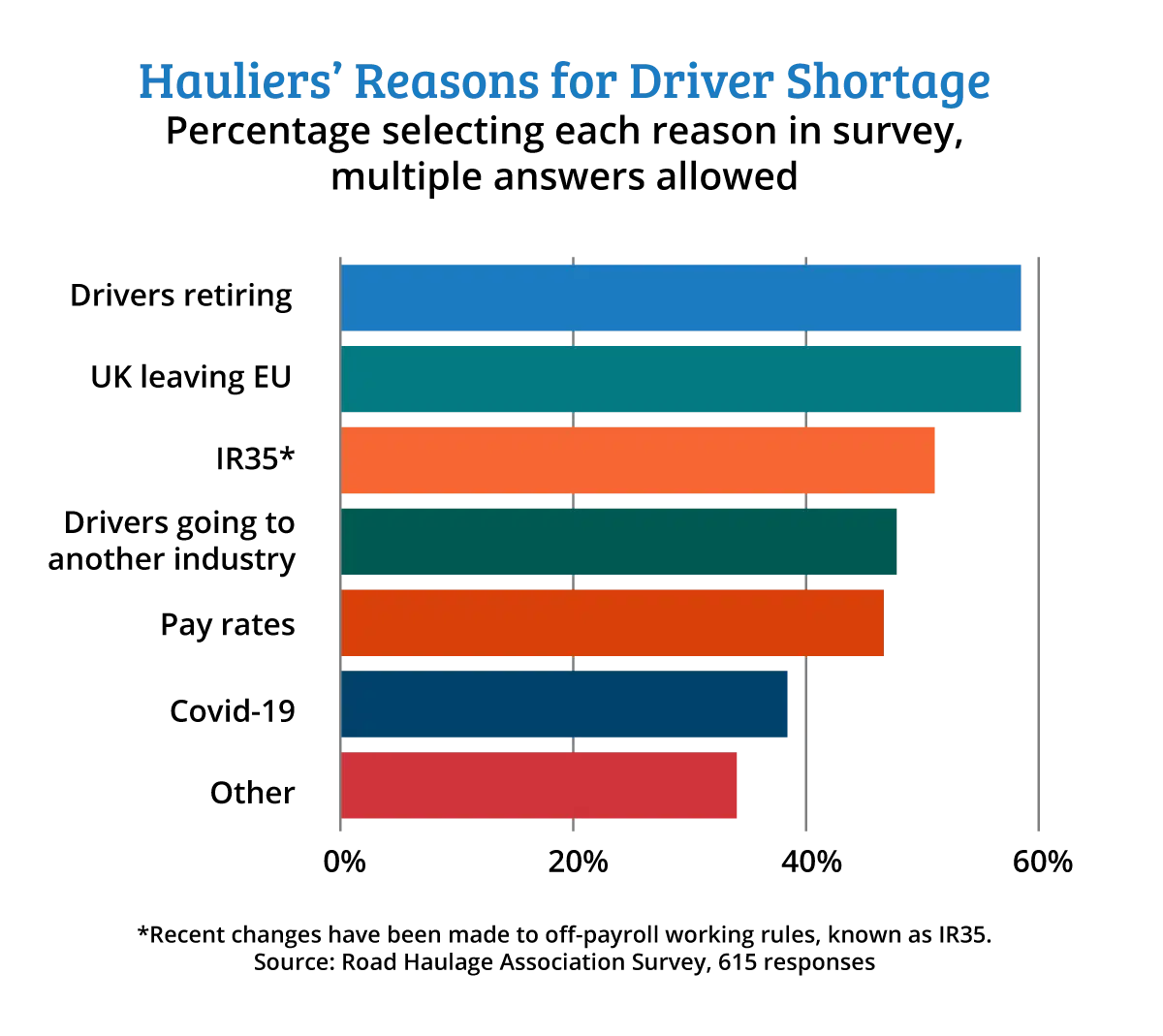The 3D Printed Electronics Market is Booming
Bloomberg reports that the market for printed electronics will grow at a rate of 20 percent CAGR from 2022 to 2030, as demand for wearable devices and thinner electronics drive growth. The news comes on the heels of the Biden Administration’s Additive Manufacturing (AM) Forward program, which promotes 3D printing by incentivizing manufacturing giants like GE to help smaller firms implement the technology.
The news is timely in light of global supply chain challenges. “3D printing technology is incredible,” President Joe Biden said, announcing the program. “It can reduce part lead times by as much as 90 percent, slash material costs by 90 percent, and cut energy use in half. That all lowers the cost of making goods here in America.”
Currently, 3D printed electronics are pretty simple. A printer sprays conductive metallic or optical inks made of silver, copper, or liquid crystal on a flexible surface substrate like PET (Polyethylene terephthalate) in layers. The process can create both active and passive devices, including thin-film transistors, capacitors, coils, and resistors. Researchers expect printed electronics to facilitate low-cost applications such as flexible displays, smart labels, decorative and animated posters, and electronic textiles.
What 3D Printed Electronics Make Possible
Printed electronics on flexible substrates are especially intriguing because they enable a broad range of innovative devices. Flexible electronics can help make an existing product smaller, lighter, and more pliable. This technology also opens the door to exciting form factors and applications.
Healthcare is one field where printed electronics can revolutionize service delivery. With an aging population and increasing rates of chronic disease, the medical system needs a reliable, scalable alternative to traditional hands-on patient monitoring and care. Flexible electronics open the door to more comfortable and convenient medical devices for remote patient monitoring. Biometric sensors can monitor heart rates, glucose levels, movement, weight, blood pressure, oxygen level, temperature, medication levels, and more.
Transportation is another field that can benefit from 3D printed electronics. Because of climate change concerns, governmental regulations, and consumer demand, the automotive industry is under increasing pressure to build electric vehicles (Evs) . The race is on to produce effective and profitable electric cars and trucks, and additive manufacturing is already playing an important role. Printed parts currently used in auto production include:
- Interior heaters
- Battery heaters and sensors
- Flexible displays and lighting
- HMI sensors
- Transparent heaters and antennas
- In-mold electronics
These parts lighten the weight of cars, making gas vehicles more fuel-efficient and increasing the range of EVs.
Impact on the Factory Floor
Additive manufacturing technology integrates design, IP, materials, and manufacturing onto a single site, transforming the factory floor. The footprint of 3D printers is smaller, lighter, and cleaner. And while “just in time” manufacturing was given a black eye when supply chain snarls led to vanishing inventories, printed manufacturing solves that problem, as long as enough ink and substrate are on hand.
Another advantage of 3D printing is that it enables companies to use the same equipment for multiple products. Since product designs are encoded in software, producing a different item is as simple as switching from one file to another. And with manufacturing facing a stubborn labor shortage, electronics makers can produce more goods with fewer people. There is one caveat, however. People with the proper training to run 3D printing equipment may be hard to find.
Economic Impact
The Biden administration has a strong economic interest in 3D printing. With production requiring no external parts or assembly, “firms can both be more resilient to changes in demand, and hold less inventory,” according to a White House statement. “The lower inventory allows firms to reduce prices, free up firms’ working capital to make further investments in technology and worker training, and increase worker pay.”




